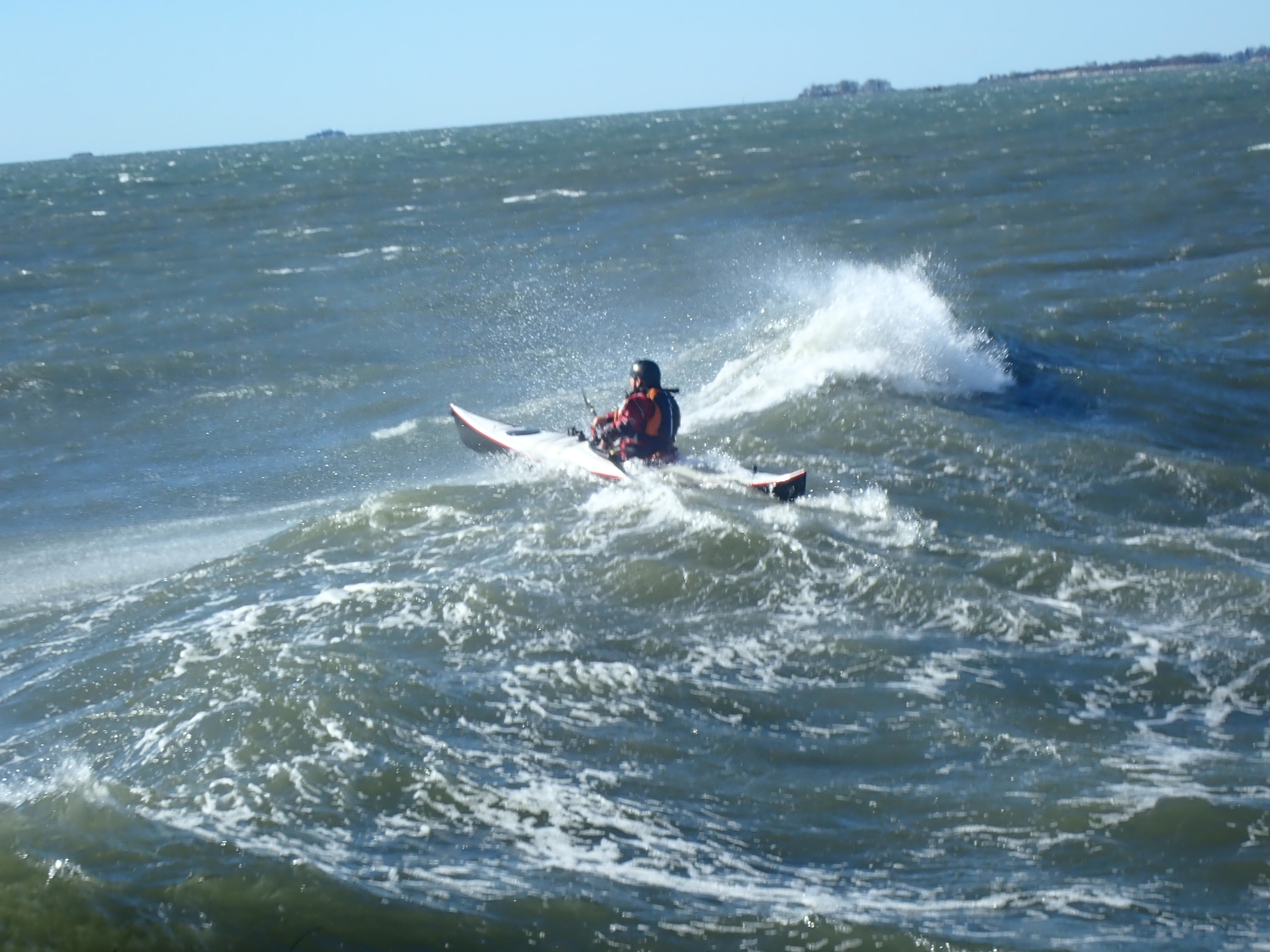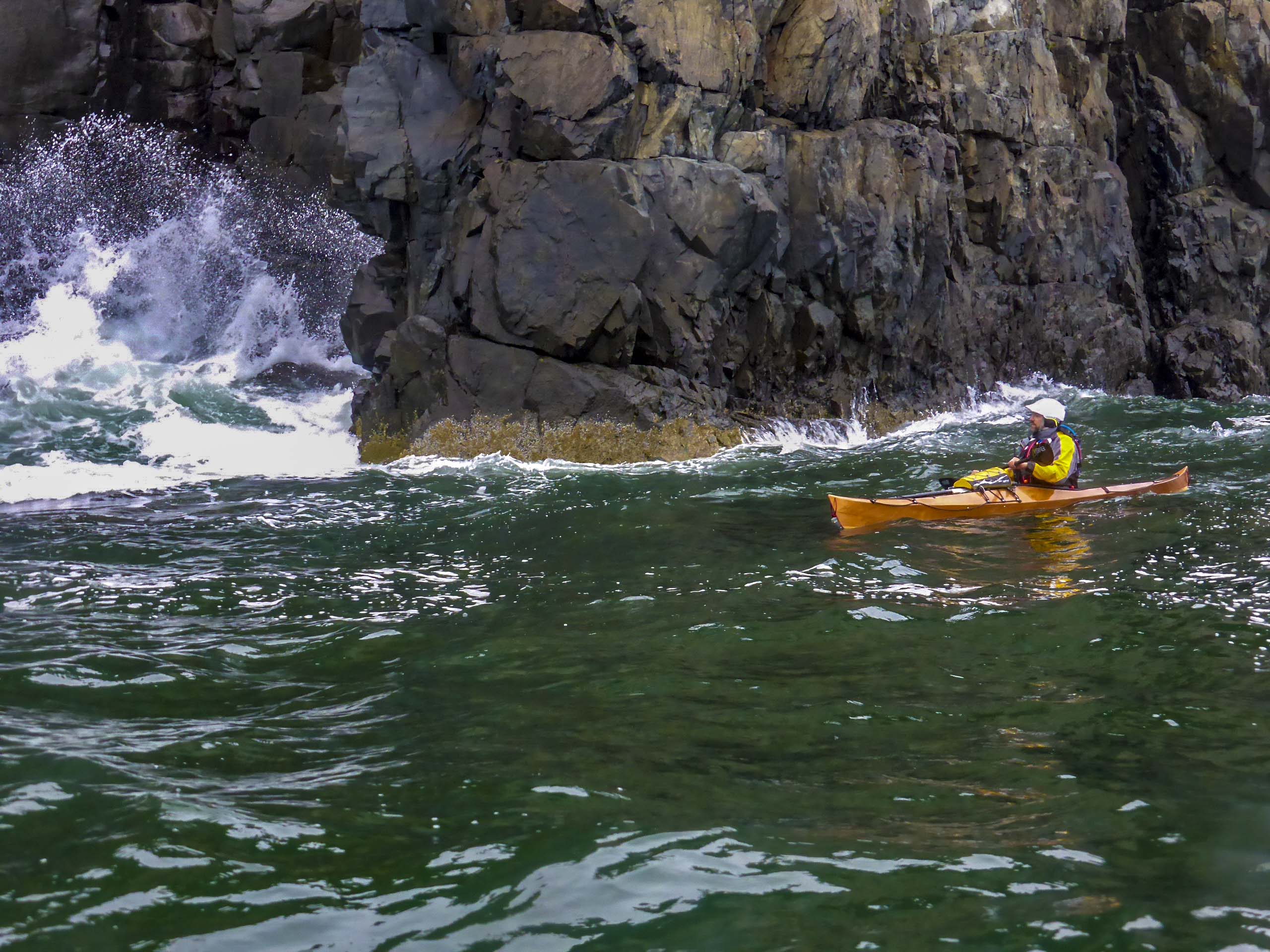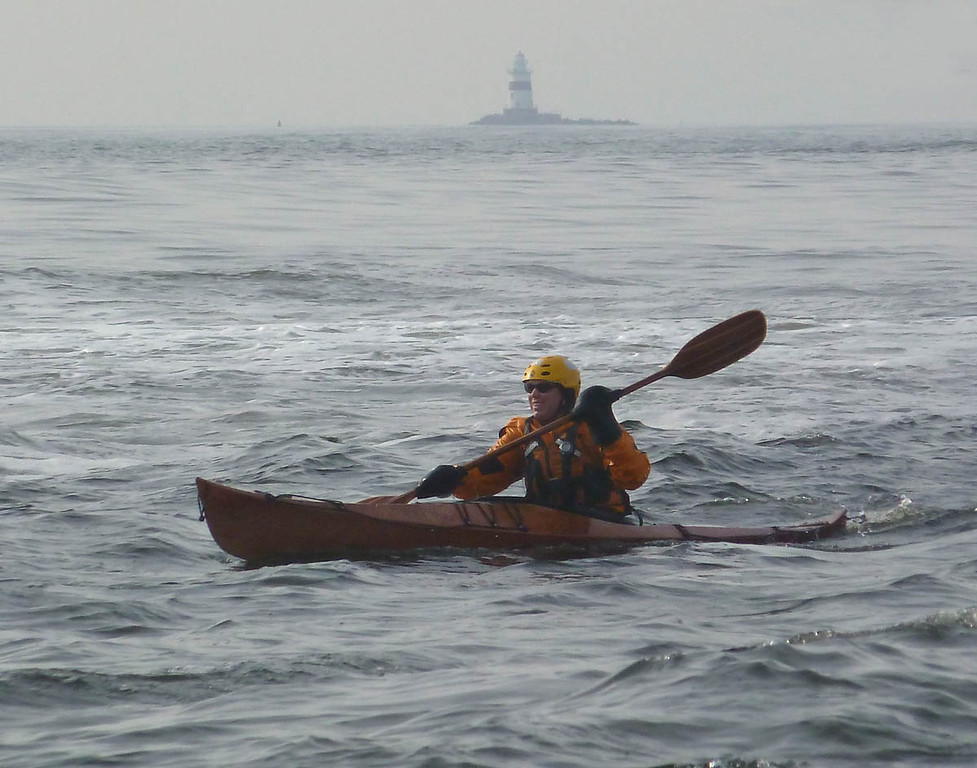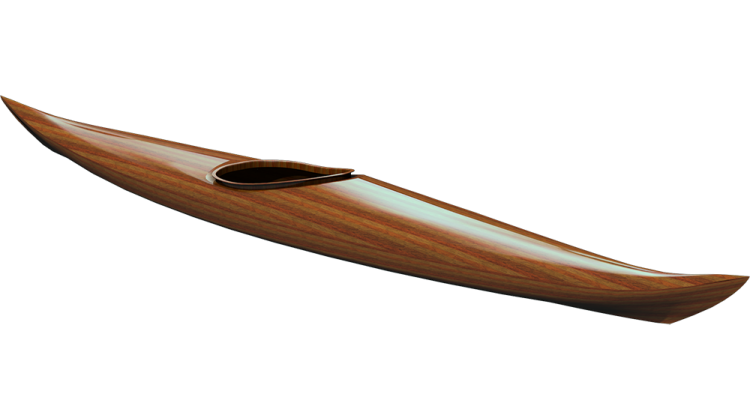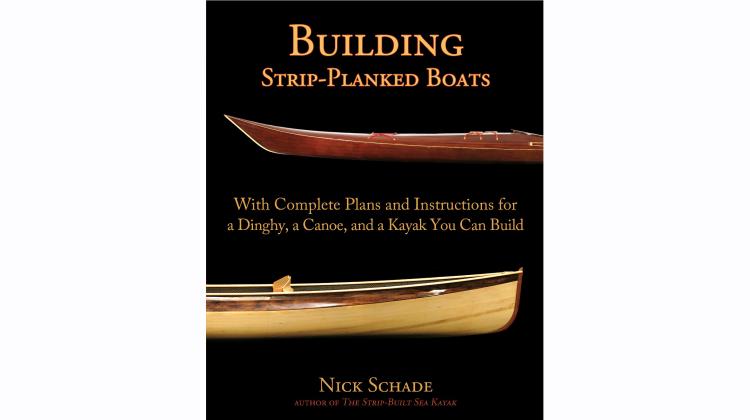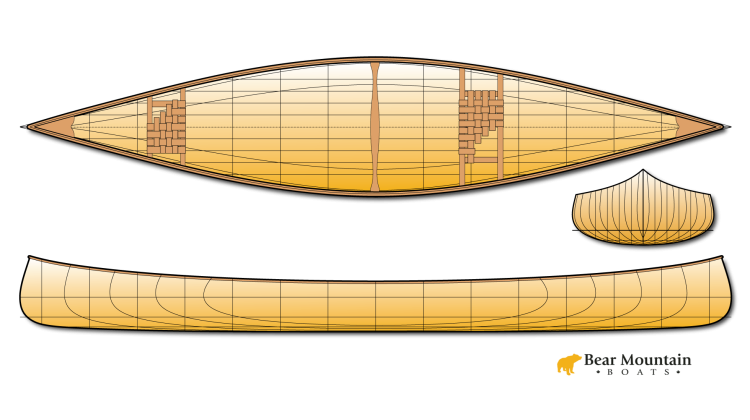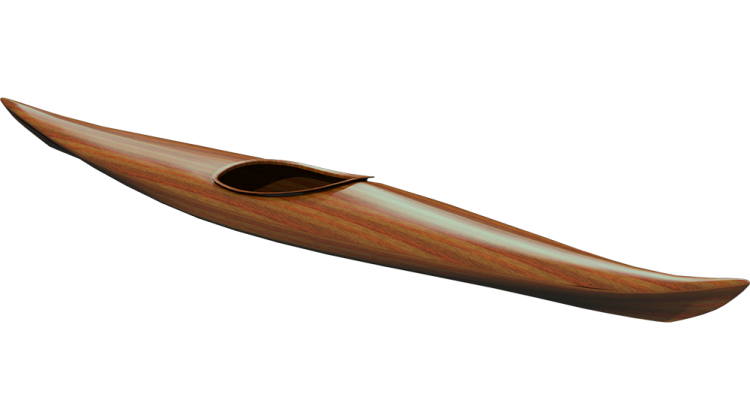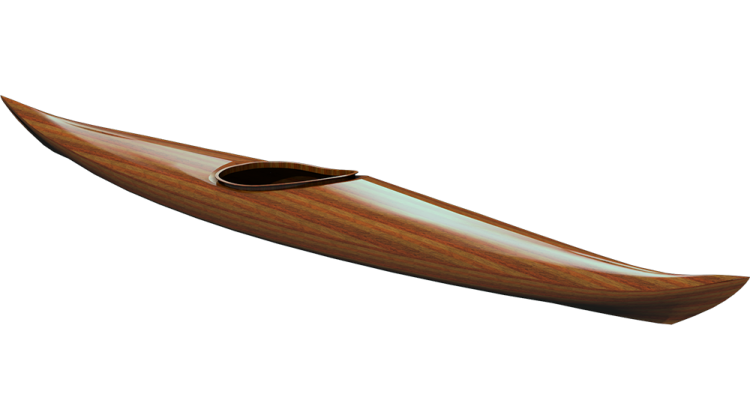- Image

Tradition
The articles in the late great print magazine “Sea Kayaker” featured articles of people doing multi day expeditions to far exotic places. Today’s legendary kayaks became legendary because of the legendary expeditions to remote shores in which they were used. The way to verify that a sea kayak is worthy of the modifier “sea” often seems to be to point out the distinguished first crossing, fastest circumnavigation, or long distance journey in which some eminent paddler used that particular design. When that is not available, we look towards the bonafides of the designer. Typically the designer had one of the above legendary expeditions under his belt.
Let me say straight up that this is not a bad way to evaluate the qualities of a kayak. If you are looking to do a legendary expedition, it certainly makes sense to look at kayak designs that have proven their capabilities in the kind of kayak adventure that you seek to accomplish yourself. Someone with several impressive long distance journeys is eminently qualified design the appropriate tool for that purpose.
I don’t do that sort of stuff. I am not against it. I have enjoyed doing some multi-day kayaking trips in moderately remote locations and hopefully I will do more in the future. But what I do on a regular basis is day trips. I go to a launch, put my kayak in the water, load a small bit of kit appropriate for a number of hours out on the water and then I go for a paddle.
My trip may be 20 miles around an island, or across the bay to a surf spot, or possibly out to mess around in a tide race. After a bit of time, I head back to the car. If I make it back to the car tired but alive, it was probably a good trip for me.
My life doesn’t offer the swathes of time required for an extended, multi-day expedition far from home in some wildly remote corner of the world. It is not that I don’t have any interest in doing something like that, it is more about what I actually have the reasonable opportunity to do.
Every month of the year, there are a significant number of days when a friend and I can drop a kayak in the water and have a fun day trip. A typical trip will last 3 to 6 hours and we are back home in time for dinner.
Is this sea kayaking? Does the lack of some epic accomplishment diminish the worthiness of my day on the water? I’m not trying to break any records or make any mark in the history books, I just want to go out, have some fun and come back again.
Obviously, the answer is “Yes, its sea kayaking”. You can have a nice day of sea kayaking any way you want. The things is most sea kayaks are designed around the idea of doing an extended tour. They are designed to carry a heavy load safely and efficiently for long distances in potentially remote locations.
Design for Use
Early in my kayaking career I realized that the kayaking I spent most of my time doing was different than what most sea kayaks were designed to do. Since I was designing kayaks for my use it made sense to me that I should factor in the way I paddle into my designs. And, I suspect I am not alone. Many people don’t have the long blocks of free time to go off on a long adventure, and even if they do, the rest of year they have lots of weekends when they are getting out on the water for day trips.
Most sea kayaking by even the most experienced and skilled sea kayakers is likely day trips. And people primarily do these day trips in kayaks designed for something entirely different. When I go out to play in rock gardens, or tide races, my friends are using boats used for extended expeditions. If we do a quick trip around an island, people are in large, heavy expedition kayaks.
One of the beauties of sea kayaks is they are versatile, adaptable vessels. A long, heavy expedition kayak is a lot of fun to use in a tide race or in rock gardens, and are pretty efficient when paddled unloaded. They work just fine and many people are rightfully happy using an expedition sea kayak for non-expedition paddling trips.
But since I started designing kayaks for my own use, I was presented with the opportunity to design kayaks tuned to be used the way I use them. Since I do mostly day trips, most of my kayaks are relatively low volume, and perform at their best when lightly loaded. The goal isn’t a kayak that will lay down the miles without being perturbed from its course. Instead I go for designs that are sensitive to the input of the paddler. A little bit of lean is all it takes to free up the stern and carve a nice turn. Shifting your weight forward and back will have a noticeable effect on your turn. I want a boat that is light, easy to propel through the water, and doesn’t put of a fight when I ask it to do something.
I’ve been accused of making “cheater” kayaks because they quickly respond to your inputs instead of taking their time to see if you really mean it. People ask if paddling my boats will ruin their ability to handle other kayaks. I suggest that since the my designs are sensitive to your every move that you actually have to pay more attention to how you are using the kayak because it will respond to your every move.
Maximize the Fun
It is my design philosophy that the kayak should not fight against you but should instead work with you. I don’t think I am unique in this goal, but my focus is on performance during day paddles instead of expeditions. I am interested in how the kayak does playing around in waves, catching surf, slipping between rocks, catching exciting down wind runs in dynamic conditions, heading out for quick circumnavigation of a distant island. Basically, a lot of the fun stuff that if you are on a extended trip in a remote location wisdom might suggest you had best avoid in the interest of safety.
I am also not unique in pursuing fun day trip kayaks. There have been great designers innovating in this space for awhile and other new design are being created, but there is a fair amount of inertia in sea kayak designs. I’ve had someone suggest that a kayak like my Petrel Play “does not look like a sea kayak.” There is a certain traditional conception regarding what a sea kayak is that influences paddlers expectation of what they should look like.
As someone who designs kayaks with the hope that people will purchase my designs, I sometimes get snared in the trap of designing to meet expectation. Breaking from accepted traditions can be hard, especially when you have a series of proven designs that already sell well.
Since I design primarily for a DIY audience of folks building their own boats, I have a certain amount of design freedom that a traditional kayak manufacturer may not have. Developing a innovative new design for production is a risk. Creating the tooling for a new fiberglass or composite sea kayak is expensive. Prototypes must be built and tested, a plug must be formed, then a mold created, promotional material written, printed and distributed. It is even more of a risk for rotomolded design as the tooling is more expensive.
While many manufactures have tried new ideas over the years, a failure in the low-margin world of sea kayak making can have significant consequences. It is not that my business doesn’t have similar risks. I do need to make prototypes, but the product I am delivering is a rolled up set of paper plans delivered in a cardboard tube. The tooling and manufacturing cost for plans are less than for finished boat. While things do get more complicated when selling kits to build your own kayak, relatively speaking I have more freedom to innovate because the relative risks are smaller. An innovative design that has a niche appeal can sit in my hard drive and printed on demand whenever a customer decides that is the niche they need for their kayak.
I spend hours on the water paddling my kayak designs. Every minute of that time a part of me is evaluating how the design is working, thinking about how it might be improved and contemplating if there is some new thread of performance characteristics I want to pull on. This is what excites me about designing and building kayaks. While there is very little that is completely new in kayak design there are new ways to put design elements together.
The Inuit and Aleut people created an amazing vessel when they developed the kayak. It is versatile, adaptable and efficient. Their original tools for hunting were easy to adapt to the activity of doing human powered expeditions in rough and remote areas. The new uses pushed changes in designs to suit the changing application, that evolution continues as sea kayakers come to understand that a kayak intended for prolonged tours isn’t necessarily the kayak they want for a day trip.
A sea kayak is a kayak used on the sea. There are a myriad different ways to enjoy your time on the sea in a kayak. Don’t limit yourself to what tradition suggests, instead think about how you want to have fun and choose the design that best suits how you want to paddle.

